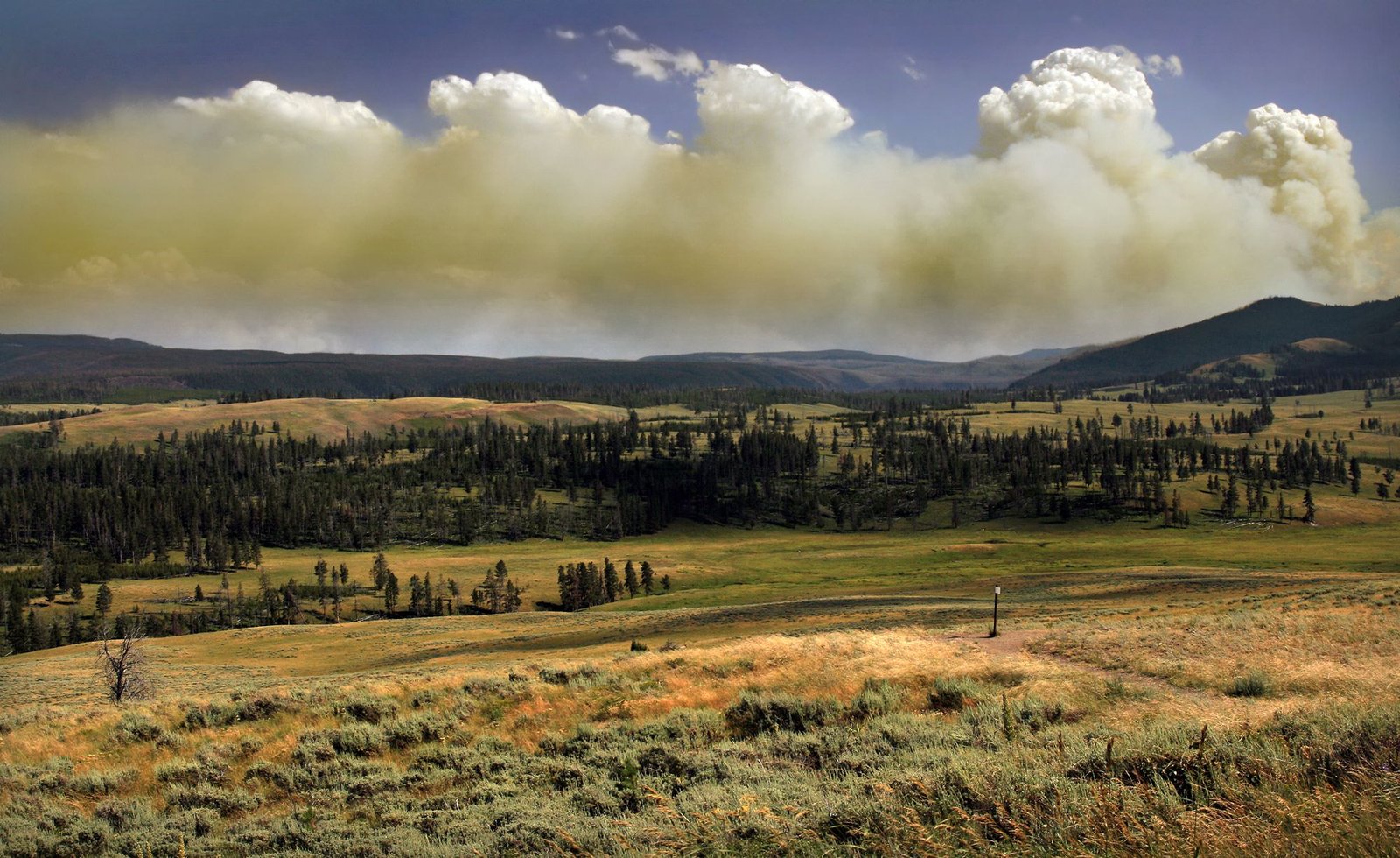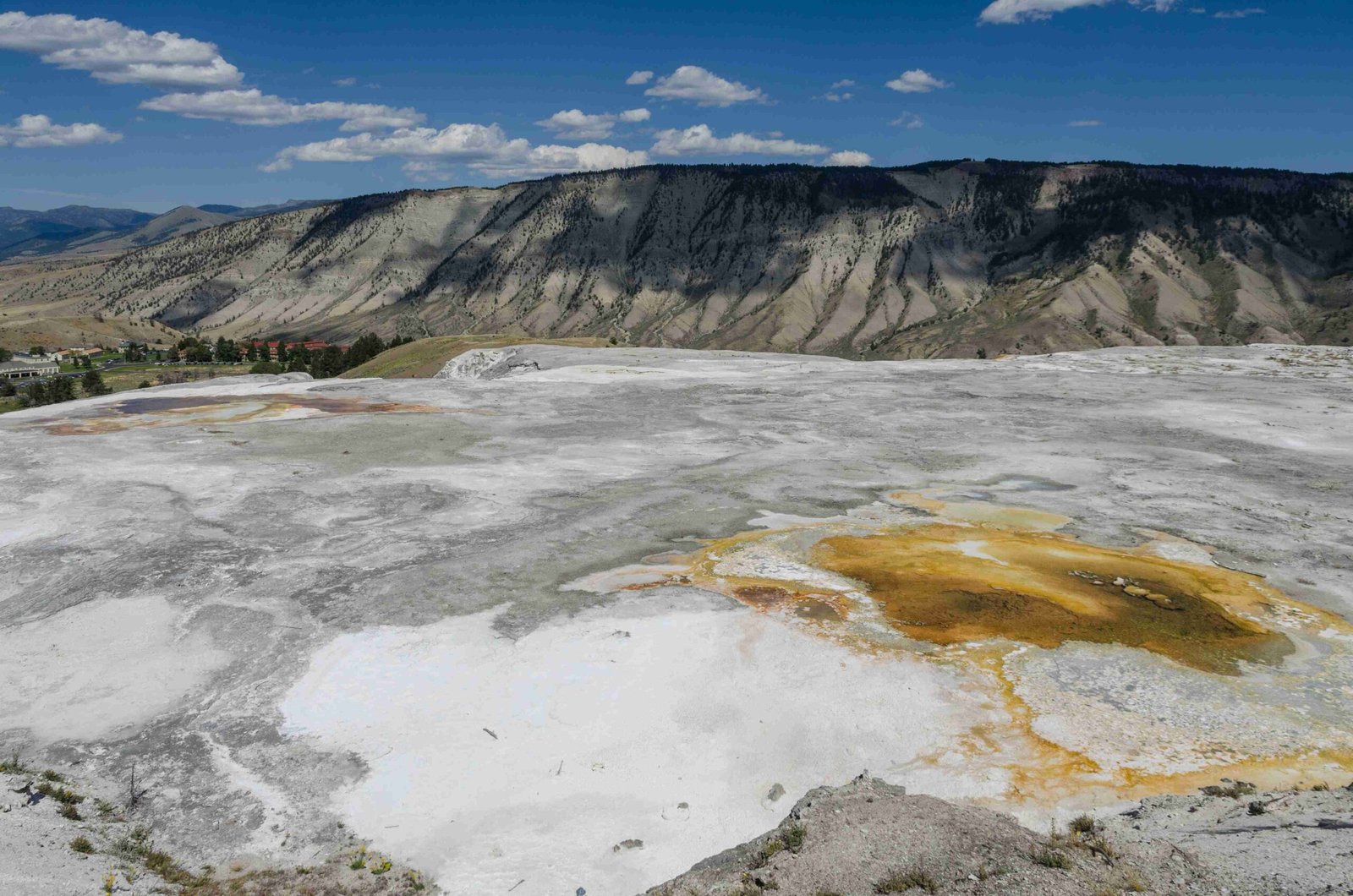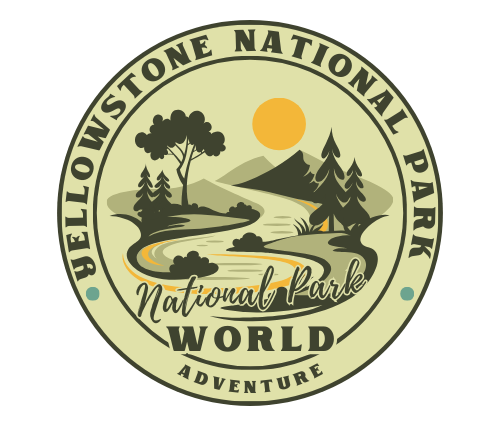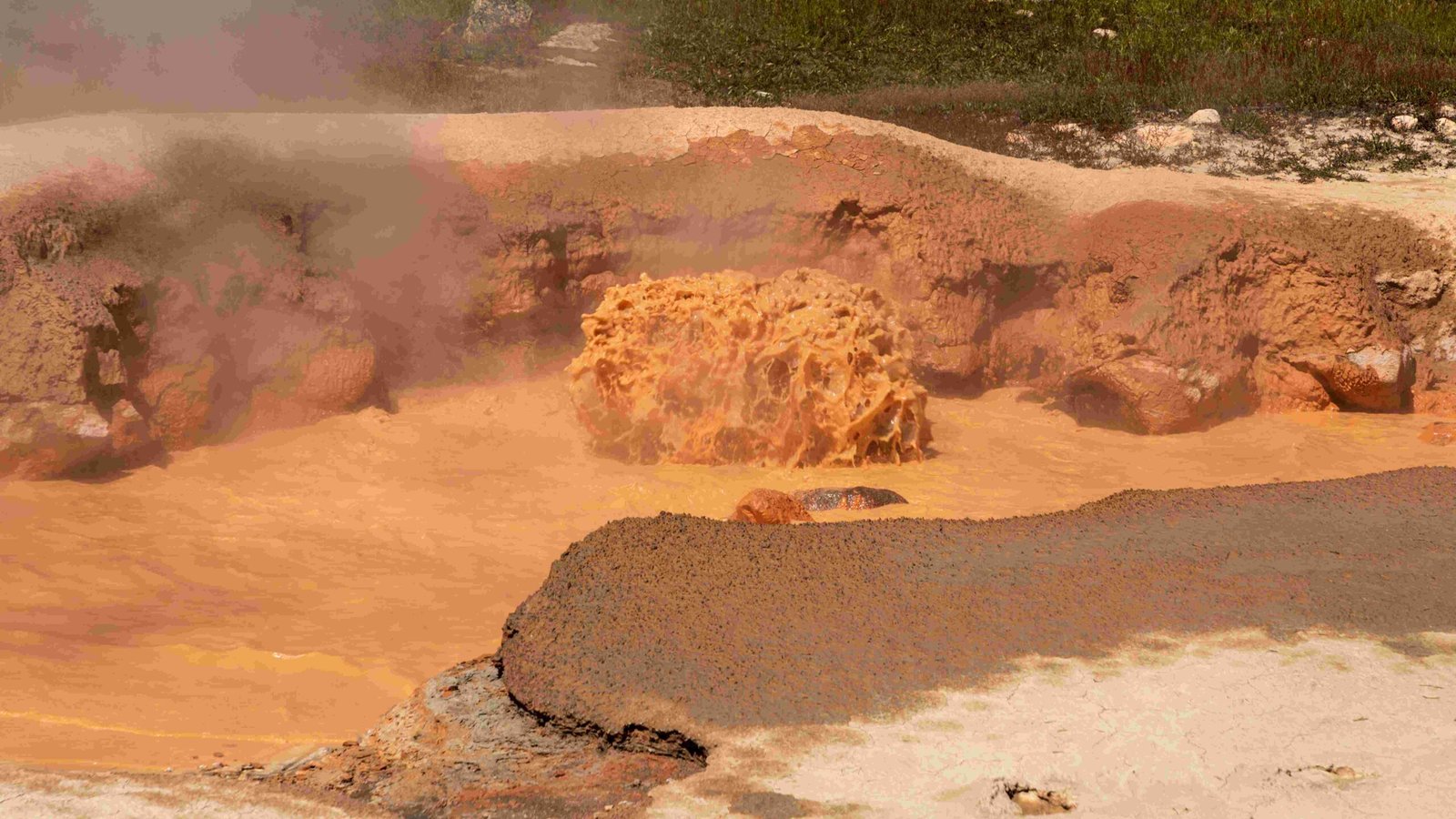Yellowstone National Park road access is a crucial aspect for visitors planning their trip to this iconic destination. The park’s road system, spanning over 400 miles, connects major attractions and provides access to its five entrances. Road conditions vary seasonally, with some routes open year-round while others close during winter. Understanding the park’s road access is essential for a smooth and enjoyable visit to Yellowstone.
What Are the Current Road Conditions and Construction Projects in Yellowstone?

Road Surface and Maintenance
Yellowstone’s roads are primarily two-lane with limited shoulders and passing zones. Regular maintenance, including chip sealing, occurs every summer to preserve the roads. This can cause delays of up to 30 minutes. Drivers should adhere to recommended speed limits on chip seal pavement to avoid damage from loose gravel.
Ongoing Construction and Repairs
- Lewis River Bridge Project
- Location: 10 miles north of South Entrance
- Timeline: Started 2022, expected completion fall 2024
-
Impact: Up to 20-minute delays, nearby pullouts and trail closures
-
Yellowstone River Bridge Project
- Location: Near Tower Junction on Northeast Entrance Road
- Timeline: Started 2023, expected completion fall 2026
- Impact: Up to 30-minute delays, potential trail closures
How Do Seasonal Road Closures Affect Park Access?

Spring Opening
- East, Northeast, South, and West entrances open in April and May
- Interior roads typically open to vehicles around April 15
Summer Access
- All roads generally open, barring unusual circumstances
Fall Closures
- October: Tower Fall to Canyon Junction and Long Lake close
- November: All park roads close except North Entrance to Upper Mammoth Terrace and Mammoth to Northeast Entrance
Winter Access
- Only North Entrance (Gardiner, MT) to Northeast Entrance (Silver Gate/Cooke City, MT) open year-round
- Snow tires or chains may be required
- Temporary closures possible due to winter storms
What Are the Major Highways Accessing Yellowstone National Park?
North Entrance
- Open year-round
- Location: Gardiner, Montana
- Connects to: Mammoth Hot Springs, Silver Gate, Cooke City
Northeast Entrance
- Open year-round
- Connects to: Tower Junction, Silver Gate, Cooke City
East, South, and West Entrances
- Open seasonally (spring to fall)
Key Distances and Travel Times
| Route | Distance | Approximate Travel Time |
|---|---|---|
| Gardiner to Mammoth Hot Springs | 5 miles | Short drive |
| West Yellowstone to Madison | 14 miles | 30 minutes |
| Cooke City to Tower Junction | 25 miles | 45 minutes |
Where Can Visitors Find Yellowstone National Park Road Maps?
Digital Resources
- Live road status map on Yellowstone National Park website
- Mobile phone alerts: Text \”82190\” to 888-777 for updates
Physical Map Locations
- Available at park visitor centers and information stations
Map Features
- Highlights key landmarks (Grand Loop, Upper Loop, Lower Loop)
- Notable points: Old Faithful, Yellowstone Lake, major trailheads
- Indicates roadside pullouts for viewing areas and parking
What Are the Best Practices for Navigating Yellowstone’s Roads?
- Check road conditions before and during your visit
- Be prepared for potential delays due to construction or wildlife
- Adhere to speed limits, especially on newly chip-sealed roads
- Carry a physical map as backup to digital resources
- Plan extra time for travel between destinations within the park
- Be aware of seasonal closures and plan accordingly
- Use designated pullouts for wildlife viewing to avoid traffic congestion
How Does Weather Impact Road Access in Yellowstone?
Summer Impacts
- Occasional thunderstorms may cause temporary road closures
- Wildfires can lead to road closures or detours
Winter Challenges
- Heavy snowfall can close roads temporarily
- Ice and snow make driving conditions hazardous
- Only select roads remain open for oversnow travel
Spring and Fall Considerations
- Unpredictable weather can lead to sudden road closures
- Be prepared for rapidly changing conditions
What Alternative Transportation Options Exist Within the Park?
- Shuttle Services
- Limited shuttle services available in certain areas of the park
-
Helps reduce traffic congestion and parking issues
-
Guided Tours
- Various tour operators offer bus tours within the park
-
Provides informative experience without the stress of driving
-
Bicycle Access
- Some roads open to cyclists before vehicle traffic in spring
-
Dedicated bike paths available in certain areas
-
Snowmobile and Snowcoach Tours
- Available during winter months on select roads
- Requires advance booking and follows strict regulations
By understanding Yellowstone National Park road access, visitors can better plan their trip and navigate the park efficiently. Remember to stay informed about current conditions, respect wildlife and other visitors, and enjoy the unique experiences this remarkable national park has to offer.

